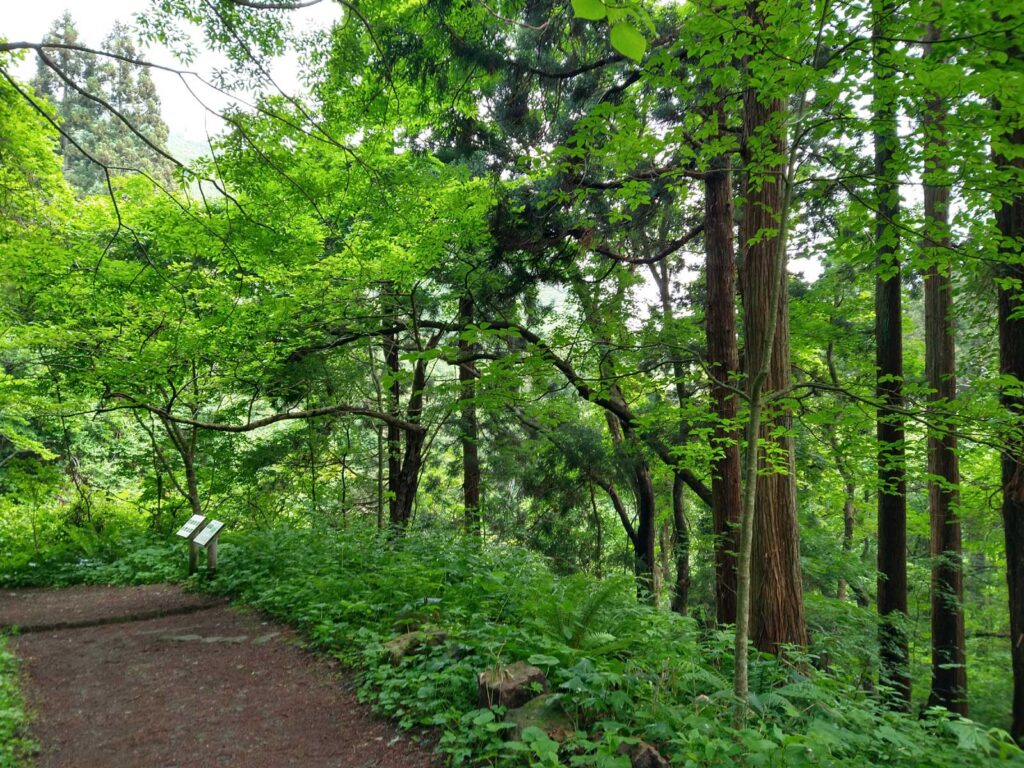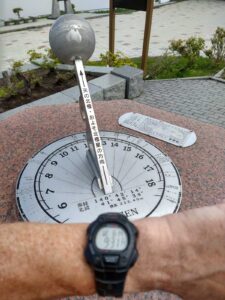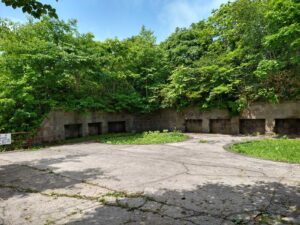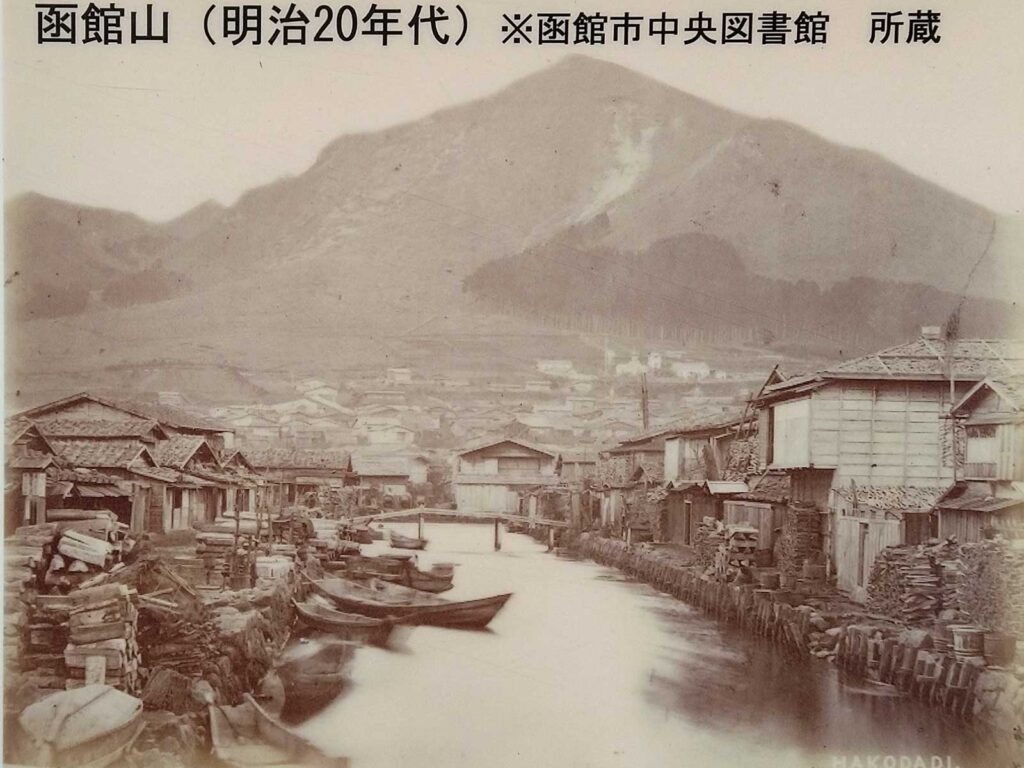Amori to Hakodate
June 13 – 14, 2023
Our final travel / rest days started with a four hour ferry ride across the Tsugaru Strait between the islands of Honshu and Hokkaido. We had a short bike ride as a group on both ends and our TDA para-medic, Chris had the chore of herding us cats from hotel to ferry and then ferry to hotel. The ferry ride was typical of our experience so far of being directed to a room without any place to sit and then being chased out of the comfy, premium seats that we all tried to migrate to. We settled for some less comfy chairs that the ferry crew seemed to not care about so long as we did not spread out too much, which we eventually did anyway. The ferry was not crowded and no other passengers were denied their choice of seating, so I guess the crew decided to just ignore us for the rest of the trip.

Hakodate is a southern city on the island of Hokkaido. It lies north of the Blakiston Line, a faunal boundary line that marks the division of Japan’s animal species between northern and southern Asian species. For example, no monkeys, Asian black bears or Japanese giant flying squirrels north of the line and no Ussuri brown bears or red squirrels south of it. No wolves on either side as both distinctive species that once existed are not extinct.


My “rest day” began with a trek up the 334 meter height of Mount Hakodate. Mt. Hakodate is the remains of an long extinct volcanic eruption from the seabed that began 25 million years ago. Over time the volcano stop pushing its way out of the sea and sand filled in the space between it and the main island to from today’s mountain. The hike was a shady climb through cedar and deciduous forest to the observation station and antenna farm at the summit. The forest that I walked through is a recent creation the island having been denuded of its trees in the past for lumber and smoking herring. In 1899 Fort Hakodate was completed here to protect the harbor and city. During World War Two it continued this function by housing well protected shore batteries. Until 1946 it was illegal for citizens to visit the mountain, take pictures of it or even sketch it. Today it is a botanical garden containing over 600 species of plants as well as being a sanctuary for many animal and bird species.

There is a cable car that will take you to the top of Mt. Hakodate and back for a fee but I, like the many Japanese that I encountered on my morning hike preferred the beauty and solitude of an early morning walk to the summit. It also avoided the crowds that form at the observation deck once the cable car starts to run. I took the longer and less traveled rugged route back down to the city with the reward of a delicious banana and ice cream crepe for my efforts. Now to finish my day of rest and then five more rides to the finish line in Sapporo.




